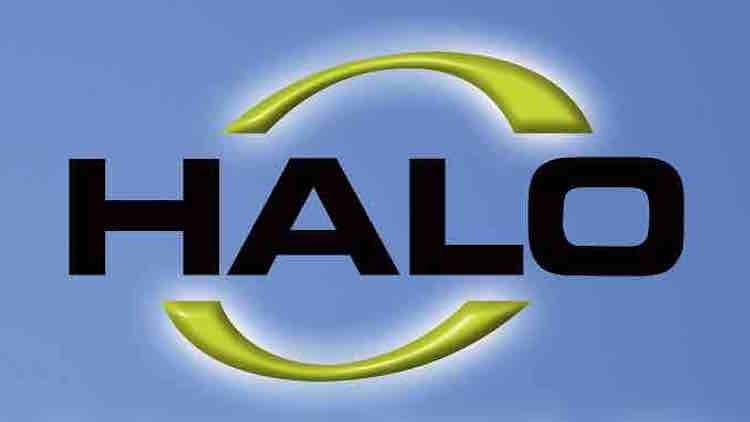The What: Monroe Electronics has introduced HALO, an enterprise-level Emergency Alert Systems (EAS) management solution designed to oversee all encoders/decoders and facilitate command of all connected EAS devices within an organization. HALO aims to give cable operators a centralized means of managing EAS devices with minimal staffing, thereby reducing the cost and complexity of operation and compliance and guarding against outages.
The What Else: HALO goes beyond EAS log-gathering to provide a more comprehensive range of data from each device, including originated, decoded, and forwarded alerts; configuration changes; operational status; current software/hardware versions; and analog and digital monitoring data such as radio frequency, signal strength, and Common Alerting Protocol (CAP) inputs; among a vast amount of other summary detail required by the FCC. In so doing, HALO provides a more complete picture of the EAS landscape and greater situational awareness of each device. Credentialed experts from various departments, such as engineering, compliance, legal, and management, can access this information within seconds—information that otherwise could take days and numerous people to assemble using any other means.
"With EAS regulations, content-distribution technologies, and FCC requirements continually and rapidly evolving, EAS management and compliance are becoming more and more complex and require near-constant attention,” said Bill Robertson, vice president of business development for Monroe Electronics. “What was once a simple task is now anything but, and a single misconfigured device could impact thousands if not millions of customers. Organizations that fail to keep up face increasingly significant fines. Any operation that maintains multiple EAS devices will benefit from HALO, no matter how many devices or the organization's size. The savings in labor and compliance costs alone are easily justified, and further value comes from preventing even a single mass customer outage."
"As the guardian of the EAS infrastructure, HALO oversees the health and status of each EAS device, alerting key personnel of critical changes, centralizing the management of configuration settings, managing software updates, and consolidating FCC-mandated EAS test results," said E. Scott Nix, director of strategic projects for Monroe Electronics and HALO product manager. "HALO is a true game-changer for the EAS industry—and particularly for MSOs with multiple head-end locations.”
Because of this comprehensiveness and speed, companies can streamline the complex processes performed throughout the organization and decrease the time spent on EAS-related matters while simultaneously reducing errors—thereby increasing efficiencies and proactively addressing any potential compliance or subscriber issues.
For example, the FCC's Sixth Report and Order states that cable operators must report national EAS tests through the online EAS Test Reporting System (ETRS)—meaning participants must fill in at least 81 individual data fields for each EAS device in each national test. Consolidating this information from multiple locations is a time-consuming task, but HALO provides all the information within minutes of a test ending.













